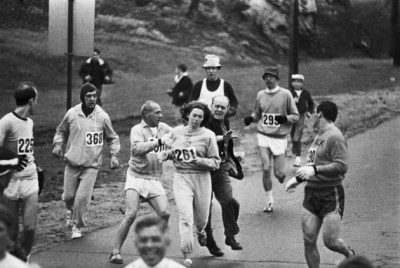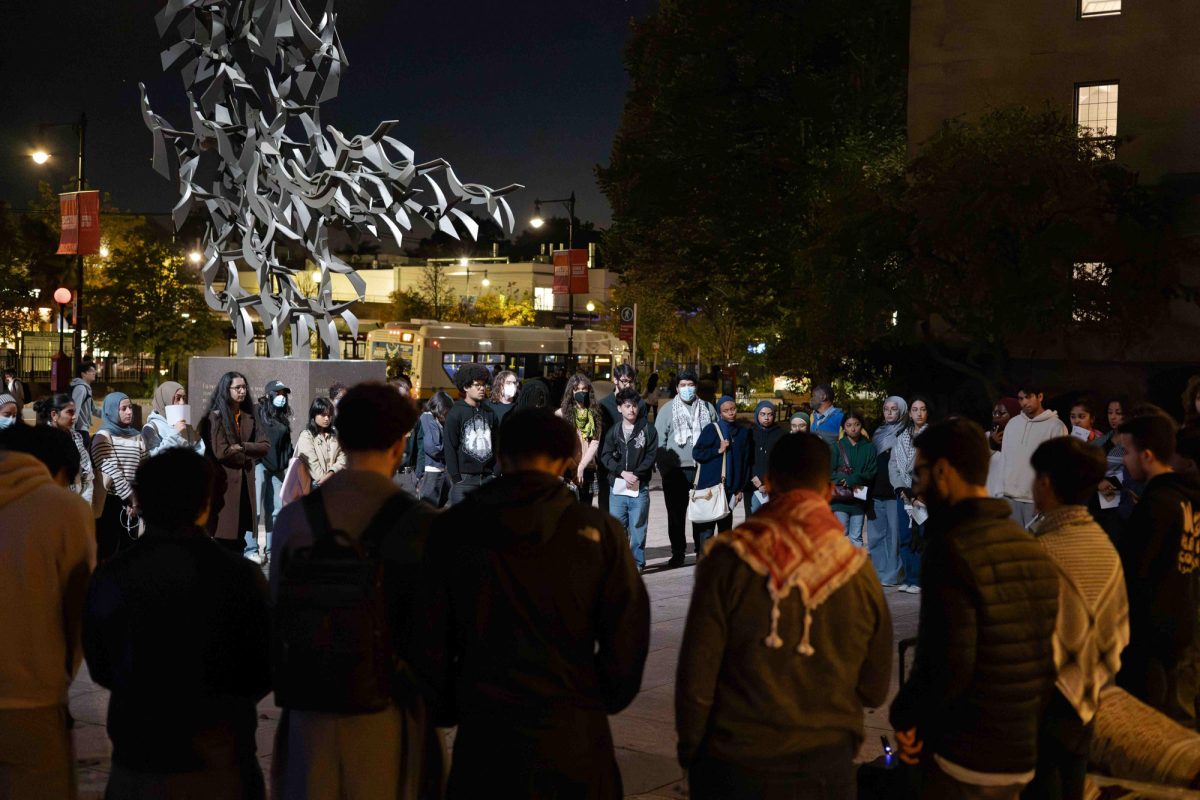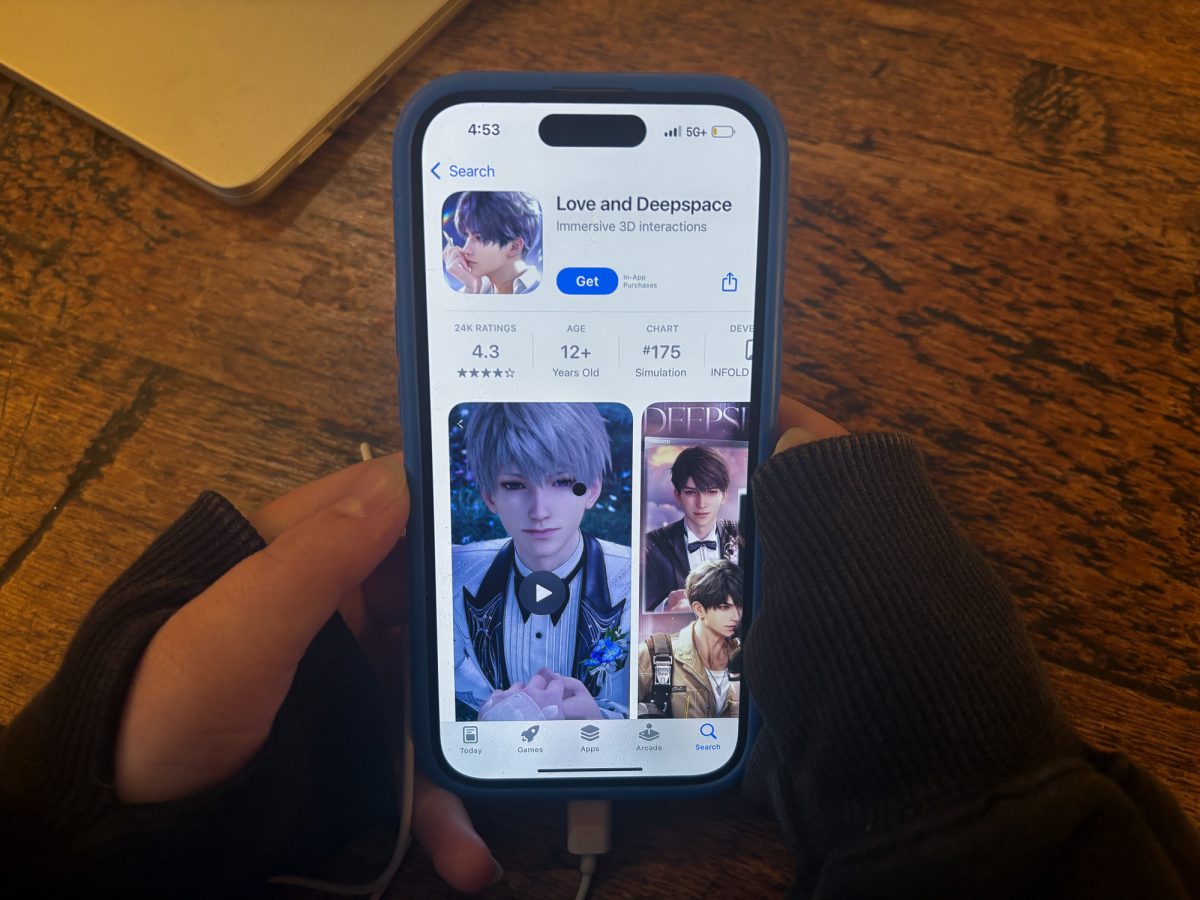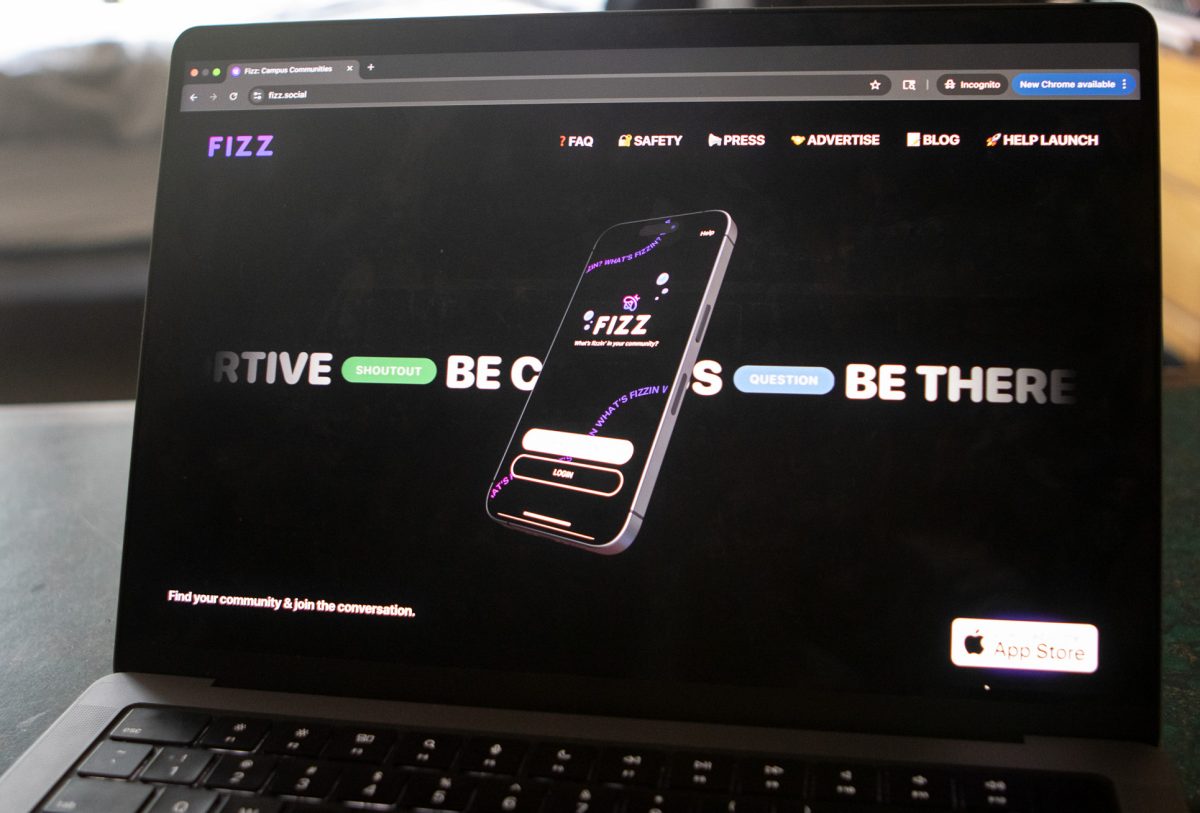
Writing about marathon running, Haruki Murakami coined this adage: “Pain is inevitable. Suffering is optional.” Kathrine Switzer is scared of neither.
“When you run, you become fearless, not in a race, which is like the ‘frosting on the cake,’ but in the relentless practice miles and miles that come before that,” she said.
Switzer was the first woman to run in and finish the Boston Marathon in 1967. Until then, running in the marathon had been an all-male activity, and as a woman, Switzer was banned from participating. Ridiculed and physically attacked by competitors and officials while running the race, Switzer finished nonetheless. Her bib number, 261, would serve as the inspiration for her 261 Fearless Collection, a line of feminine active-wear that, Switzer hopes, will encourage more women to continue to break boundaries despite adversity.
“261 Fearless both inspires people through Kathrine’s story of courage and guts, and it allows women to share that story to others, effectively paying homage to those who came before, while encouraging today’s women to take their first steps” said Nicole DeBoom, CEO and founder of Skirt Sports, the Colorado-based company that produces the collection.
Switzer’s accomplishments have inspired women athletes across the nation and the world, visiting audiences of women in places such as Malaysia. Closer to home, but just as inspired as audiences around the world, was DeBoom, a swimmer, triathlete and Ironman winner. She was utterly moved by Switzer’s story and her book, “Marathon Woman.”

“As I discovered more about her story, I just knew in my heart that someday, I wanted to connect with her,” DeBoom said. “That day came in 2013, when I learned about her efforts to make 261 Fearless a global mission to empower women to break barriers in their lives.”
DeBoom suggested creating 261 Fearless when both she and Switzer realized the barriers women often face within fitness, such as being intimidated or forbidden to show bare arms and legs. The goal of the 261 Fearless Collection is to give women the confidence to run and make a change in the world. Some pieces from the collection are even based on Kathrine’s experiences from the marathon.
“[We] paid attention to the little details, like the fact that Kathrine lost a mitt when [race official] Jock Semple attacked her, so we added hidden cozy-mitts,” said DeBoom. “No woman should have to suffer from cold hands.”
Nor, Switzer said, should they have to suffer from lack of self-confidence.
“[The collection] motivates you to get out and run, and gives you a sense that you are part of a greater movement of women who are changing the world with their self-empowerment and confidence,” Switzer said.
After all, Switzer said, defying expectations naturally follows courage and determination.
“I knew if I quit, nobody would believe that women could run and that they were serious,” Switzer said. “They’d just think I was there for a prank.”
The 261 Fearless Collection, DeBoom said, continues to advance the Skirt Sports goal of empowering all women to get up and run. The collection allows for women of many different body types to enjoy the pieces, with sizes and fits ranging from extra small to extra extra large, and relaxed to semi-relaxed, respectively.
“The products are 100 percent inclusive,” DeBoom said. “They are classic, timeless, beautiful pieces that help eliminate one of the barriers women face — lacking apparel options to help them get out the door.”
Beyond serving as the inspiration for DeBoom’s 261 Fearless Collection, Switzer continues to inspire and encourage women across the nation to get out and find their own race to run, so to speak.
“Put on your shoes and go out the door,” Switzer said. “The toughest part for everyone is starting something. Once you get moving, you’ll see your whole life change.”




















































































































Megan Stewart • Jan 25, 2015 at 2:43 pm
The AP photo with this story is one of the most important in sports photojournalism history. But the cutline is inaccurate. “Men” aren’t trying to force Switzer from the race. One man — the race director in the trousers and black jacket — is trying to push her off the course. The other men are some of her training partners and are preventing the race director from getting too closer to her. Because she entered the race “K. Switzer” it was assumed she was a man or would not have been able to sign up in the first place.
In a powerful triptych, the photographer captured the race director approaching, missing and falling to the side behind Switzer as one of her fellow racers (specifically, the man seen on the far right, looking over his shoulder and dressed in the black shorts) pushes the race director over.